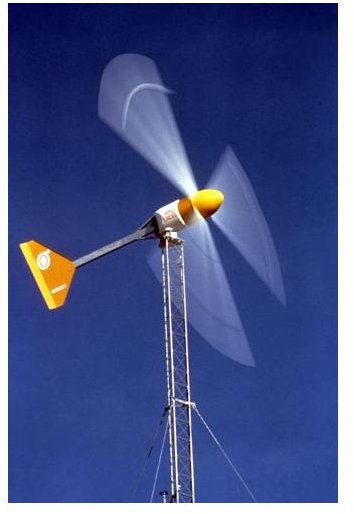Types of Wind Power Plants: Overview of Four Different Kinds
Loosely speaking, a wind power plant is simply a collection of wind turbines in one area. There are several different types of wind power plants. This classification could be based on their construction, size and usage. Read on for an overview of the different types.
Remote Wind Power Plants
Most probably you are sitting in a big city and reading this article from the comfort of your home or office without having any real experience of the power shortage faced in remote parts of the world. Areas which are remote but are blessed with good wind speeds and frequency need a wind turbine which is maintenance free or low-maintenance for long periods of time (just imagine a service technician rushing across mountains and valleys on foot or bullock-cart to repair a turbine time and again). This means that they should have the capability of standing against all odds of climate even if they are relatively smaller in size than their conventional counterparts. These types of turbines are known as remote wind power turbines and are specifically designed with these objectives in view. The picture shows a turbine for such use.
Hybrid Wind Power Plants
Wind is not fully reliable so we cannot depend on wind alone for generation of power. The best bet would be to combine a wind power plant with some other renewable source of energy, like solar energy. That would be certainly a better idea and you can imagine that when there is a lot of heat, the solar generators would do their job and when the sky is overcast and winds are blowing, the wind power plants would take over. Such an arrangement is known as hybrid arrangement and is useful in regions where there is a lot of heat and wind.
Grid Connected Wind Power Plants
This concept is similar to a hybrid system. The wind power plant is used in conjunction with a main grid which supplies most of the power. The main purpose of the wind turbines is to supplement the energy supply for the grid, whereas the main function in the hybrid system is to complement the energy supply, hence the minor difference in the set up

Wind Farms
Unity is strength: a group of people could perform a much bigger task than an individual. This is the concept underlying the wind farms. As the name itself suggests, a wind farm is a collection of wind turbines which collectively power a given area or utility harnessing the wind force in a collective manner thereby amplifying the effect of a single unit.
These configurations are used at various locations depending on the conditions of the region and the presence of other sources of electrical supply. An optimum mix would consist of an ingenious combination of the various sources in the best possible manner.
References
Figure1: The BWC EXCEL: A 10 kilowatt wind turbine requiring low maintenance.
Figure 2: A Wind Farm
